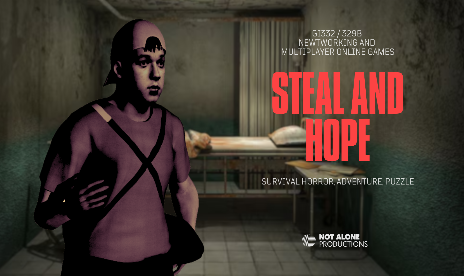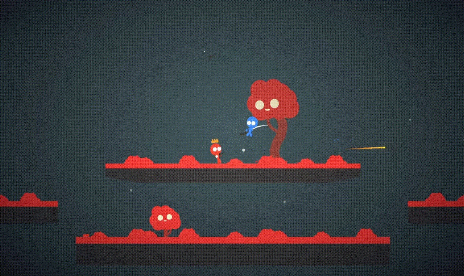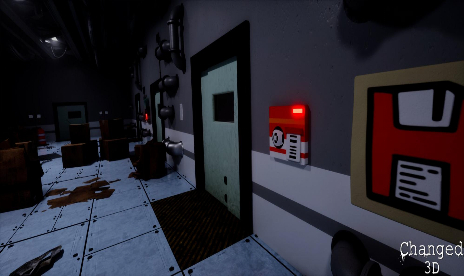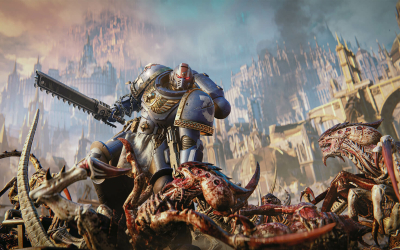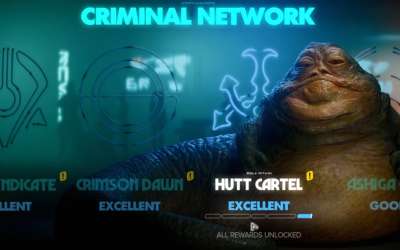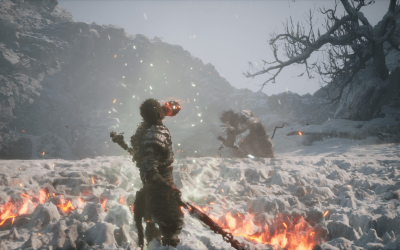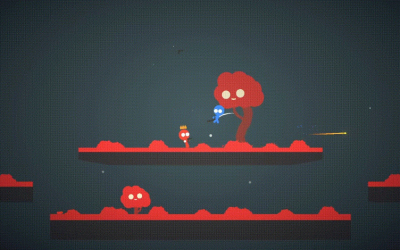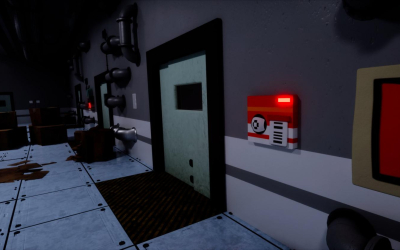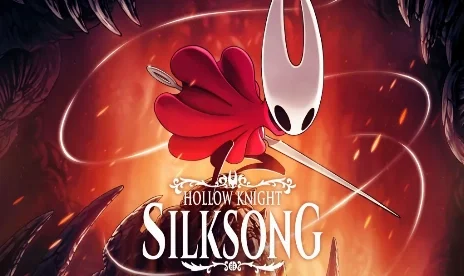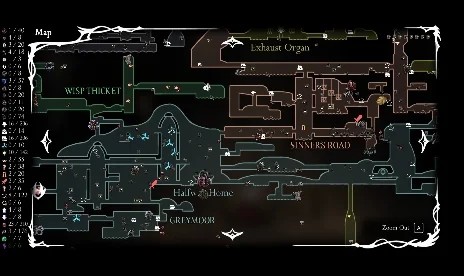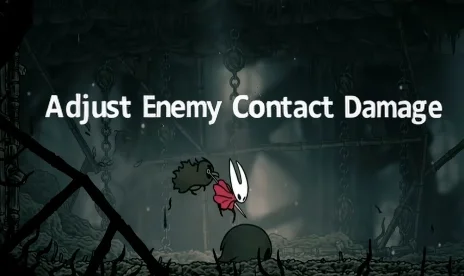Hollow Knight: Silksong Raises the Floor, Not Just the Ceiling

Hollow Knight: Silksong wastes no time; the opening areas hit harder, ask for sharper movement, and punish hesitation, which makes the sequel feel flat-out harder than Hollow Knight from the first hour. You can feel it in the early boss damage, the omnidirectional pressure, and how quickly angled movement becomes mandatory, as noted in hands-on coverage from GamesRadar here.
That spike sits alongside Team Cherry’s own framing of Hornet’s “lethal, acrobatic action,” and the design delivers on that promise: faster enemies, denser patterns, and traversal that leans into 45-degree dives and quick commits shape the game’s identity from the jump, as the studio celebrates launch and outlines the hunt in its announcement post on the official blog.
Early verdict from the field
Hands-on impressions and player reports keep circling the same beats: early enemies and first bosses frequently deal two-mask hits, so mistakes add up fast and heals feel like a real commitment rather than a safety net. That ramps tension quickly and makes the first biome a legitimate check for Hollow Knight veterans expecting a gentler onboarding.
The flow stays addictive because Hornet’s speed keeps retries snappy, but the pressure is real; the sequel encourages confident commits over cautious pokes, so the skill floor rises and old muscle memory can backfire until the new rhythm clicks. Once the angled movement and air control are internalized, the combat opens up, but the learning curve is undeniably steeper.
- Two-mask damage shows up early, compressing the room for error compared to Hollow Knight’s opening curve.
- Platforming pivots to angled chains around Hornet’s 45-degree dive, so vertical pogo habits don’t transfer cleanly.
- Boss arenas emphasize omnidirectional pressure and mobility checks, demanding faster reads and cleaner routes.
- Runbacks are part of the loop, but benches and shortcuts help keep iteration time low once mapped.
Why it plays tougher
Hornet’s silk gauge powers both offense and healing, so the economy forces aggression; spend silk to survive and the toolkit shrinks, spend it on tools and healing windows get scarce. That constant push-pull elevates baseline difficulty and makes every exchange a balance between tempo and safety.
The world is tuned for speed: varied threats arrive sooner, arenas favor air control, and encounter pacing expects directional dives, mid-air redirects, and quick punishes. The upshot is a game that rewards decisive play and mastery of angles, rather than the slower poke-and-react rhythm that carried early Hollow Knight.
- Single-resource tension raises the stakes mid-fight and rewards landing hits to restock options.
- Angle-first traversal means spacing and recovery timing must be relearned before the game truly opens up.
- “Lethal acrobatic action” isn’t just flavor — mobility is the core verb, and the gauntlets are built around it.
- Modern performance targets amplify the snappy feel, so encounters can afford tighter windows and faster patterns.
Adapt faster: practical tips
Route smarter, not longer: prioritize mapping to nearby benches and bells to shrink runbacks, then practice dive chains in safe zones until 45-degree angles feel automatic. Treat heals like punishes, not panic buttons; bank silk entering new rooms, watch for long recoveries, and only cash in when the read is guaranteed.
Build for tempo early — mobility and recovery frames often beat small damage bumps because they create extra punish windows. If a fight stonewalls progress, reroute for shortcuts and tools, then come back with cleaner spacing and a bigger stability buffer. For a quick one-stop roundup of updates and utilities, grab the hub on MegaGames for Hollow Knight: Silksong right here.




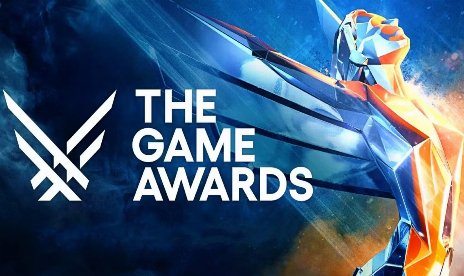
![Monster Hunter Wilds v1.0-v20251216+ (+61 Trainer) [FLiNG]](https://9588947a.delivery.rocketcdn.me/wp-content/uploads/2025/03/monster-hunter-wilds-1-464x276.jpg)

![Lost Soul Aside v1.0-v20251121+ (+39 Trainer) [FLiNG]](https://9588947a.delivery.rocketcdn.me/wp-content/uploads/2025/09/Lost-Soul-Aside-02-464x276.jpg)



